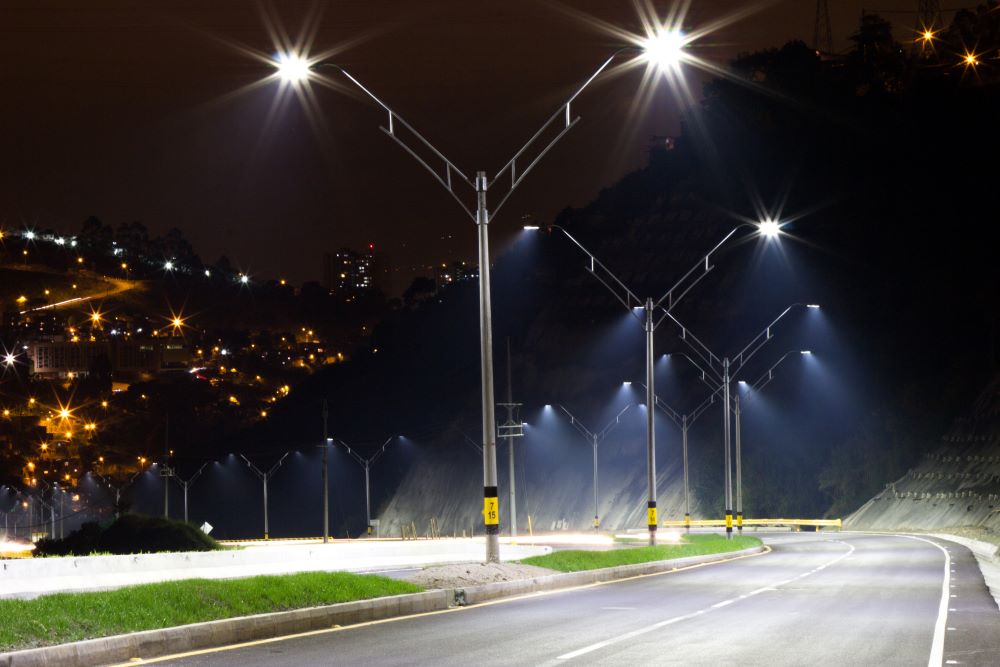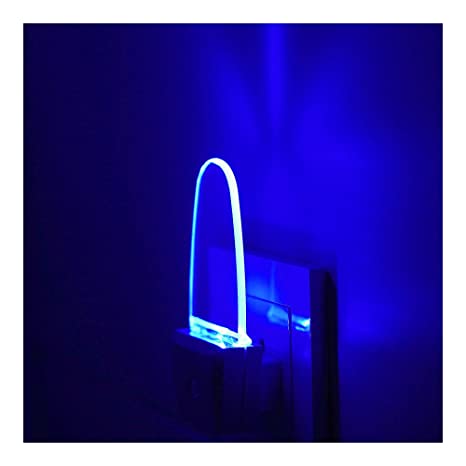Between 2009 and 2016, Los Angeles retrofitted more than half of its streetlights with LED lights as part of a long-term initiative to transition to eco-friendly, green technology. The city intends to replace all of its lights with LEDs, but even before it has completed that project, it has realized energy cost savings of more than 60%. The city’s lighting maintenance costs have also decreased dramatically. The city logged more than 70,000 annual street lighting repairs before the retrofitting project began. In four years, that number dropped to just over 46,000 repairs per year.
Los Angeles is not an outlier on the spectrum of cities that have pursued retrofitting to LED street lighting. Its cost savings, both in annual energy and in maintenance costs, are typical of other cities, and that experience is creating a groundswell of interest among cities that seek to modernize their infrastructures with technologies that will both save them money and increase their appeal to an urban populace that is interested in green and eco-friendly technologies.
Energy Efficient LED Street Lighting
The lighting of streets and roadways is a critical aspect of urban infrastructure, ensuring safety, visibility, and aesthetics. Traditional street lighting systems, such as high-pressure sodium (HPS) or metal halide lamps, consume substantial amounts of energy, leading to high operational costs and environmental impact. However, the emergence of energy-efficient LED (Light Emitting Diode) street lighting has revolutionized the landscape, offering enormous cost savings and multiple benefits. Let’s delve into how energy-efficient LED street lighting unlocks significant cost savings for municipalities and communities.
Reduced Energy Consumption
LED street lighting is renowned for its energy efficiency. Compared to traditional lighting technologies, LED lights consume significantly less energy while providing the same or even higher levels of illumination. LED fixtures convert a higher percentage of energy into visible light, minimizing energy waste and reducing electricity consumption. This translates into substantial cost savings on energy bills, allowing municipalities to allocate funds to other important initiatives.
Longevity and Maintenance Savings
LED street lights have an extended lifespan compared to traditional lighting options. LED fixtures can operate for 50,000 to 100,000 hours or more, depending on the specific product. This longevity reduces the frequency of replacements, resulting in lower maintenance and labor costs. Additionally, LED lights are durable and resistant to shock, vibration, and environmental factors, further reducing the need for frequent repairs or replacements.
Lower Operating Costs
The combination of reduced energy consumption and maintenance savings leads to lower overall operating costs for LED street lighting. Municipalities can allocate their budgets more efficiently by minimizing ongoing expenses associated with traditional lighting systems. With LED street lighting, municipalities can achieve substantial long-term cost reductions, freeing up funds for other essential services and infrastructure improvements.
Improved Reliability and Safety
LED street lights offer enhanced reliability and safety benefits. Their instant-on capability eliminates the warm-up time required by traditional lamps, ensuring immediate illumination without delays. This improves visibility for motorists, pedestrians, and cyclists, enhancing road safety and reducing the risk of accidents. LED lights also provide better color rendering, allowing for improved recognition of objects and potential hazards on the streets.
Smart Lighting Controls and Dimming
LED street lighting can be integrated with smart lighting controls, enabling municipalities to further optimize energy usage and reduce costs. Smart lighting systems allow for remote monitoring and control of individual fixtures, enabling efficient scheduling, dimming, and adaptive lighting based on specific needs. By dimming lights during low-traffic periods or using motion sensors to activate lights when needed, energy consumption can be further minimized, resulting in additional cost savings.
Environmental Impact and Sustainability
LED street lighting significantly reduces the environmental impact compared to traditional lighting systems. LED lights consume less energy, leading to reduced carbon emissions and a smaller carbon footprint. Moreover, LED lights do not contain hazardous substances like mercury, making them safer for the environment and easier to dispose of at the end of their lifespan. By adopting energy-efficient LED street lighting, communities contribute to sustainability efforts and demonstrate a commitment to environmental responsibility.
Energy-efficient LED street lighting is a game-changer, offering substantial cost savings and multiple benefits for municipalities and communities. With reduced energy consumption, longevity, lower maintenance costs, improved reliability, and safety, LED street lighting presents an opportunity for significant long-term cost reductions. The integration of smart lighting controls further enhances energy efficiency and optimization. By embracing LED street lighting, communities not only unlock substantial cost savings but also contribute to environmental sustainability and create safer, well-illuminated streets for everyone to enjoy. The transition to energy-efficient LED street lighting is a transformative step toward a brighter, greener, and more cost-effective future.
LED Street Lighting is Efficient and Clean
The energy efficiency of LED street lighting systems is apparent with simple math calculations. Traditional incandescent lights convert much of the energy that is used to power them into heat. LED lights use less than 20% of the energy that is required for incandescent lights and generate up to 30% more light per watt of energy (i.e. “lumens”) input. These two factors combined lead to the type of energy cost savings that Los Angeles and other cities are realizing after LED street light conversions.
The advantages of LED street lighting go well beyond efficiency and cost savings. LED street lights can be controlled with pinpoint accuracy and, unlike other newer lighting systems (including sodium and mercury-vapor lamps), LED street lights can be turned on and off instantaneously. This rapid on-off response allows integration of motion-sensitive control systems with LED street lights, for example, to quickly increase the brightness of LED street lights when pedestrians are present and to dim them when pedestrians are no longer around. LED lights can be linked to emergency response centers to create brightly-lit paths and directional lighting for first responders.
LED lights are available in multiple colors and lighting temperatures, which can be combined to create unusual and enticing ambient lighting in urban settings. When urban planners start to examine the possibilities that LED lights present, they can find themselves overwhelmed by the possibilities.
Those possibilities have also transformed the specifications that urban planners and engineers have traditionally used to define and fill their urban lighting needs. They can still consider lumens, which is the basic unit for traditional lighting applications, but LED lighting systems allow for consideration of color rendering and color temperature, uniformity, and lighting depreciation, all of which can be combined to create unique solutions for street lighting applications.






